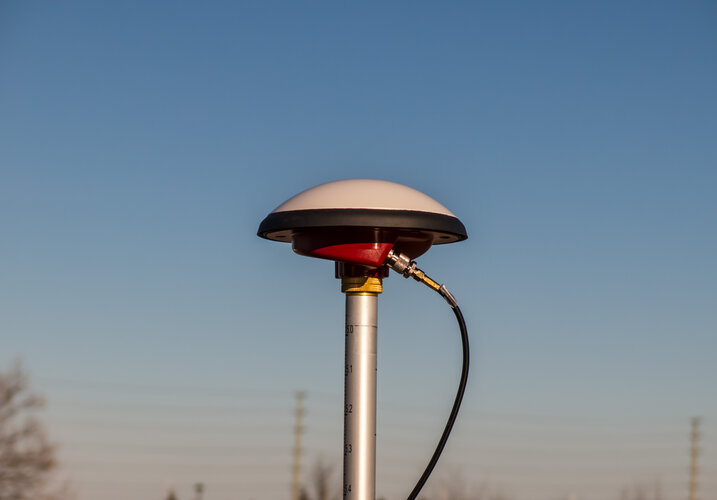
“If you think of a Global Navigation Satellite System (GNSS) receiver as resembling a camera, then the antenna would be the lens,” explains Allen Crawford of Tallysman. “Now, you might have an excellent top-of-the-range camera, but if it doesn’t have a clean, distortion-free, and well-focused lens, then all you’re going to get are blurred pixels that no post-processing software can fix.
“So our antenna is like a lens, except it gathers radio signals instead of light – and it is the first step in the measurement process. We want the antenna to reproduce the received satellite signals as precisely as possible, in terms of amplitude and of signal phase, on a fully representative basis, for the receiver to process.”
Available in various models and sizes, including pole-mounted, surface-mounted, and embedded versions, the VeroStar is aimed at high-performance mobile applications, such as land surveying, precision farming, maritime and autonomous vehicle navigation, typically requiring positioning accuracy down to a few centimetres.



